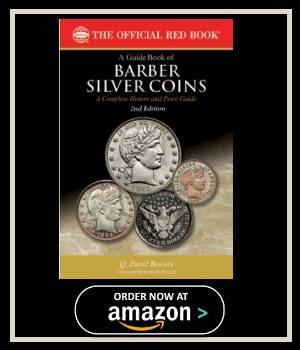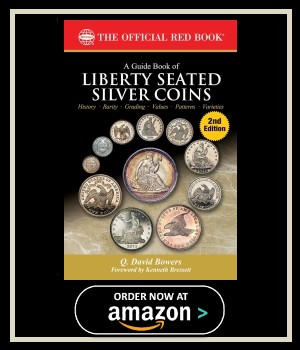
United States Seated Liberty Dime
A Design Rooted in Liberty
The Seated Liberty Dime made its debut in 1837 as part of a newly envisioned coinage program. This series was created by Christian Gobrecht, who assumed artistic responsibilities after Chief Engraver William Kneass suffered a debilitating stroke. As a result, Gobrecht introduced a bold new image of Liberty seated on a rock, holding a staff topped with a Phrygian cap—a traditional symbol of freedom.
This design became iconic, appearing across several denominations from 1837 to 1891. It reflected American ideals of liberty, strength, and resilience. Notably, the seated figure echoed classical influences often seen in 19th-century artwork.
Transition to a New Visual Identity
Compared to earlier coins, the Seated Liberty Dime presented a more artistic and aspirational design. Consequently, it helped set a new aesthetic standard for American coinage. Additionally, the visual clarity made it easily recognizable in commerce.
Physical Specifications and Mint Locations
Measuring just .705 inches in diameter, the dime was compact but substantial. It contained 90% silver and 10% copper—an alloy used in U.S. silver coinage until 1965. Therefore, each coin held both monetary and intrinsic value for its time.
Production occurred at several mints, including Philadelphia (no mint mark), New Orleans (O), San Francisco (S), and Carson City (CC). Because of this, identifying mint marks is essential for collectors hoping to understand a coin’s historical path.
Coin Composition Over Time
The Seated Liberty Dime’s metal composition stayed consistent. However, the 1965 Coinage Act marked the end of silver coinage in circulation. From then on, dimes adopted a copper-nickel clad composition.
Design Changes and Milestones
Across its 54-year history, the Seated Liberty Dime saw several modifications. Initially, coins lacked stars around the central figure. However, these were added in 1838 to align with other circulating coins. Arrows flanking the date were introduced from 1853 to 1855, indicating a legally required weight reduction.
Interestingly, the dime never featured the motto “IN GOD WE TRUST,” unlike other denominations. This omission makes the coin unique and opens discussions around evolving national identity.
Notable Features for Collectors
When collecting these dimes, attention to small design differences—such as the presence or absence of stars, arrows, and legend types—can dramatically affect value. As a result, specialists often categorize Seated Liberty Dimes by subtype.
Legacy, Value, and Collector Appeal
Seated Liberty Dimes are cherished today for both their history and scarcity. Early issues, low-mintage years, and mint-mark rarities make some coins extremely valuable. In particular, Carson City issues often command a premium due to their historical significance and low production numbers.
Moreover, collectors admire these coins for their elegant artistry. Certified high-grade examples with minimal wear are especially sought after in the numismatic community.
Why They Endure
The combination of classic design, silver content, and historical richness makes the Seated Liberty Dime a favorite. It holds an enduring place in the hearts of American coin collectors and historians alike.
Conclusion: Symbolism in Silver
More than just currency, the Seated Liberty Dime tells the story of an evolving America. Through its symbolism, craftsmanship, and usage, it represents a nation’s growth and ideals. Whether you’re drawn by its artistry or its silver content, this coin stands as a lasting emblem of liberty.
The Seated Liberty Dime made its debut in 1837 as part of a new design series for the dime denomination. This series was the brainchild of Christian Gobrecht, who served as the Chief Engraver at the United States Mint during that period. Gobrecht’s artistic vision brought Lady Liberty to the forefront, where she was prominently depicted seated on a rock, symbolizing freedom and strength. This enduring image of Lady Liberty has become an iconic symbol of American coinage.
In the design, Lady Liberty is portrayed wearing a flowing gown, exuding grace and elegance. Her left hand rests upon a shield, boldly inscribed with the word “LIBERTY,” reinforcing the core principles that the United States was founded upon. Her right hand holds a pole topped with a Phrygian cap, a symbol of liberty and emancipation that traces its roots to ancient Rome. This combination of elements eloquently captures the spirit of a nation that cherishes its ideals of liberty and the pursuit of happiness.
The reverse side of the Seated Liberty Dime features a wreath encircling the denomination “10 CENTS” and, if applicable, the mint mark. This reverse design was a testament to the attention to detail and aesthetics that went into the creation of these coins. The Seated Liberty Dime was produced in various mints across the United States, and these mint marks serve as a historical record of where these coins were struck.
The composition of the Seated Liberty Dime has evolved over time. In its early years, it was struck in a composition of 90% silver and 10% copper, with a diameter of 17.9 mm and a weight of 2.67 grams. The combination of silver and copper gave the coin a unique luster and a distinct appearance. The intrinsic value of the silver content made these dimes not only a symbol of liberty but also a representation of monetary value.






 '
'